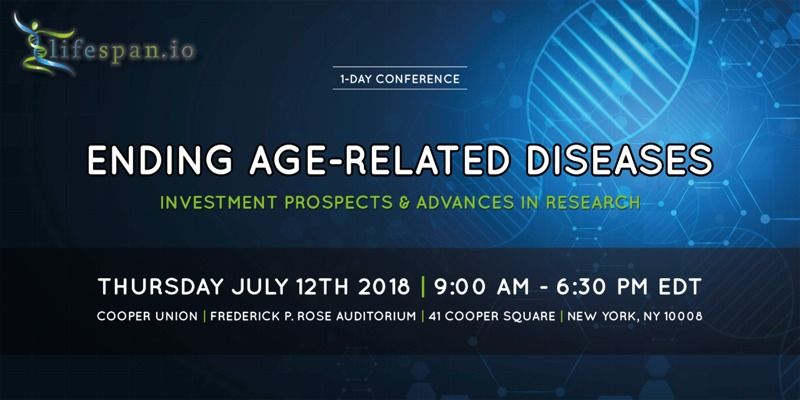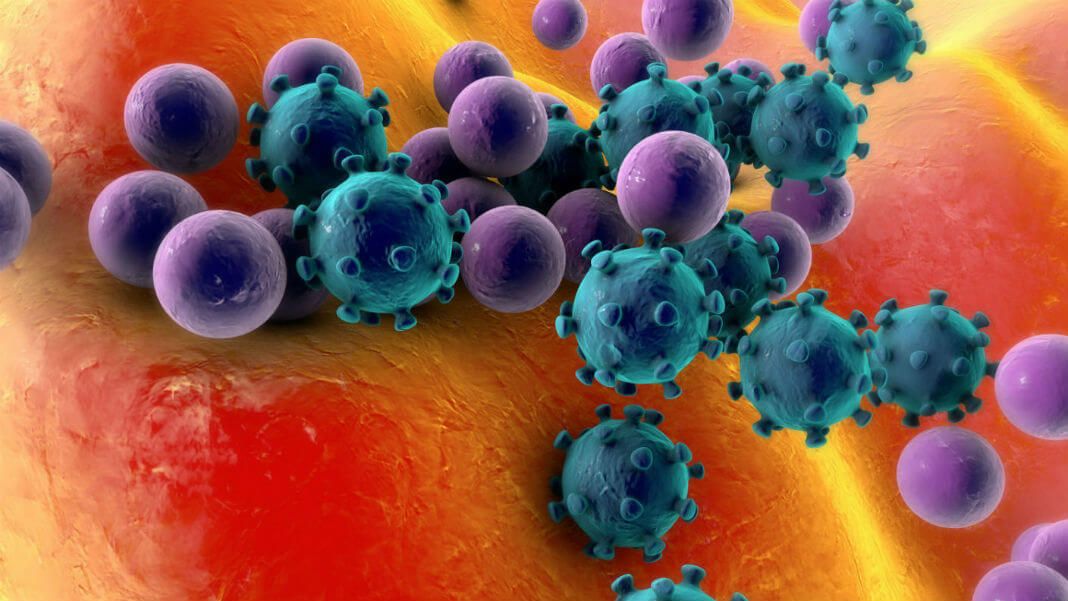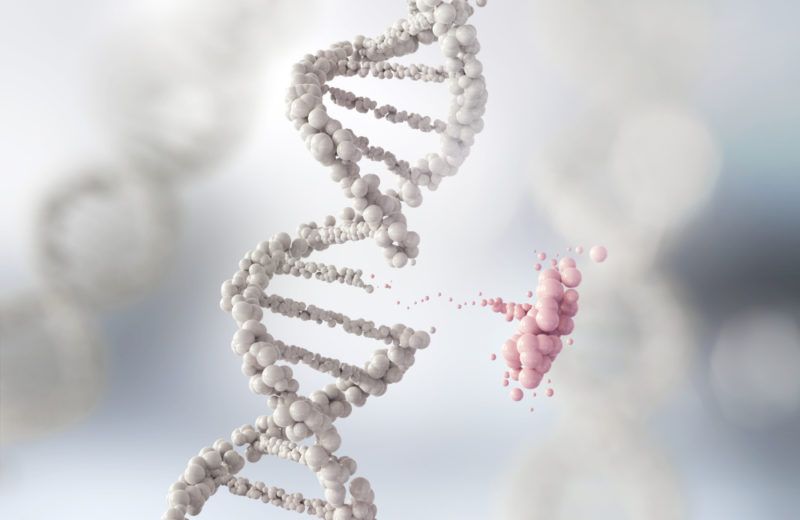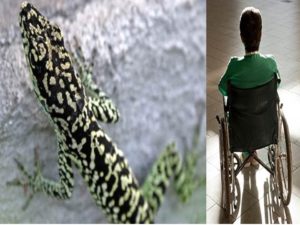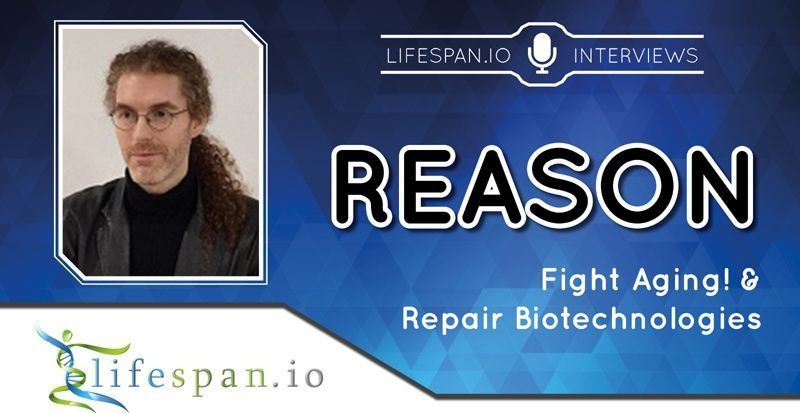The first conference on ageing research organised by the Life Extension Advocacy Foundation is coming to New York on July 12th!
We’re extremely excited to announce “Ending Age-Related Diseases: Investment Prospects & Advances in Research”, the very first rejuvenation biotechnology conference that LEAF has organized.
Respected speakers from around the globe
The event, which will take place on July 12, 2018 from 10:30 AM to 6:00 PM EDT in New York City, is one of the many LEAF initiatives made possible by the support of our Heroes; it will feature a superb series of speakers—researchers, investors, advocates—including gerontologist and stem cell pioneer Dr. Michael West from AgeX Therapeutics; Bioage Labs Vice President and regenerative medicine specialist Dr. Alexandra Stolzing; SENS Research Foundation CSO Dr. Aubrey de Grey, pioneer of the maintenance approach to aging; “Fight Aging!” blog editor and co-founder of the recently launched Repair Biotechnologies; and, of course, LEAF President Keith Comito and LEAF Vice President Dr. Oliver Medvedik.
